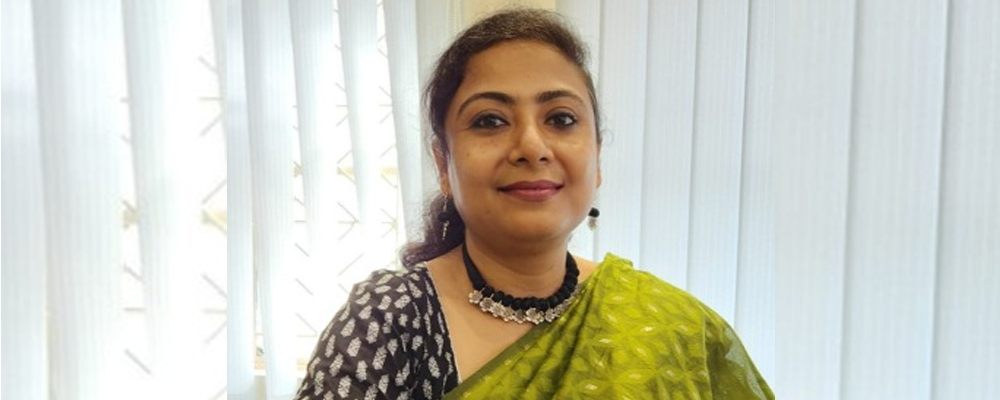-
Email Us
info@stfxonline.com -
Call Us
+91 033 2335 0584/9108 -
Call Us
+919330082228
Email Us
info@stfxonline.comCall Us
+91 033 2335 0584/9108Call Us
+919330082228
April 17th, 2025
In today’s digital age, social media is deeply woven into the fabric of our students’ lives. Platforms like Instagram, TikTok, Snapchat, and even emerging ones are not just tools for communication—they are spaces for self-expression, learning, and sometimes, distraction. As an educator, I see the power and pitfalls of social media every day. It is a double-edged sword .
Let’s start with the positive note. Social media can be an incredible educational resource. Students use YouTube for homework help, collaborate through group chats, and even follow educational accounts that teach everything from algebra to art history. During remote learning, it served as a vital bridge to maintain community and connection.
Moreover, social media can empower students to find their voice. I’ve seen shy students become confident content creators, and others use platforms to raise awareness for causes they care about. It also allows teachers like myself to share ideas, resources, and connect with other educators worldwide.
However, there is another side , which we cannot ignore. The constant stream of notifications can pull students’ attention away from learning. The pressure to maintain a perfect online image can contribute to anxiety, low self-esteem, and even cyberbullying. As a teacher, it is disheartening to see students more concerned with ‘likes’ than ‘learning’.
I have also noticed how social media sometimes distorts reality. Unrealistic standards, misinformation, and viral trends can influence students in ways that affect their behaviour and choices in school.
What can we do as Educators?
We cannot ban social media from students’ lives, nor should we. But we can teach them how to use it wisely. Digital citizenship should be a core part of modern education. In my classroom, I talk openly about screen time, online etiquette, and the importance of thinking critically about what we see and share.
Creating media literacy lessons, encouraging positive digital footprints, and establishing clear and healthy boundaries around social media use , can significantly improve students’ focus, well-being, and overall learning experience.
Social media is not inherently good or bad—it is a tool. Like any tool, its impact depends on how it is used. As teachers, our role is to guide students in navigating this digital landscape thoughtfully and responsibly. If we equip them with the right mindset and skills, social media can be more of a bridge than a barrier.
-By Indrani Banerjee ( Assistant Teacher)